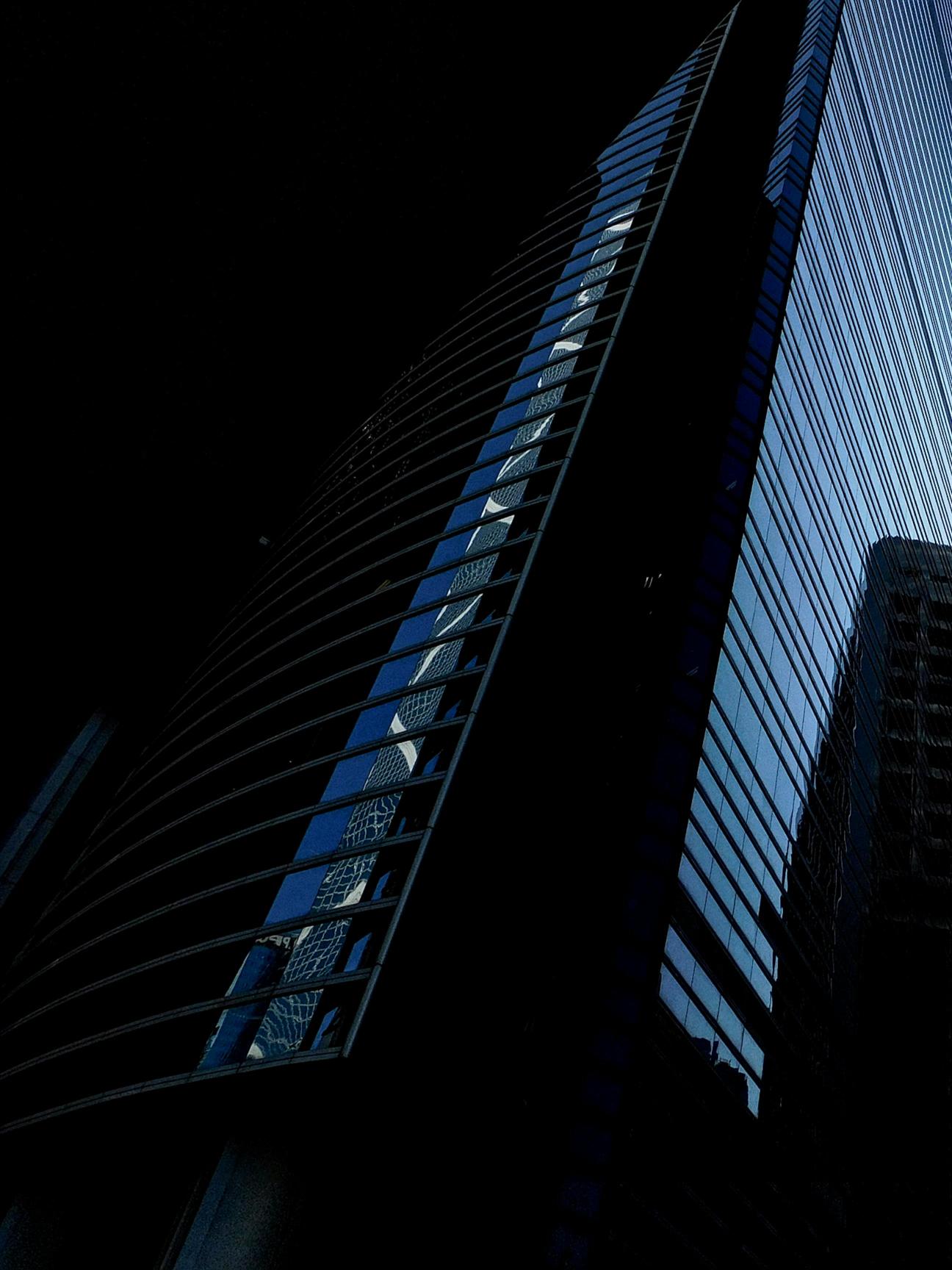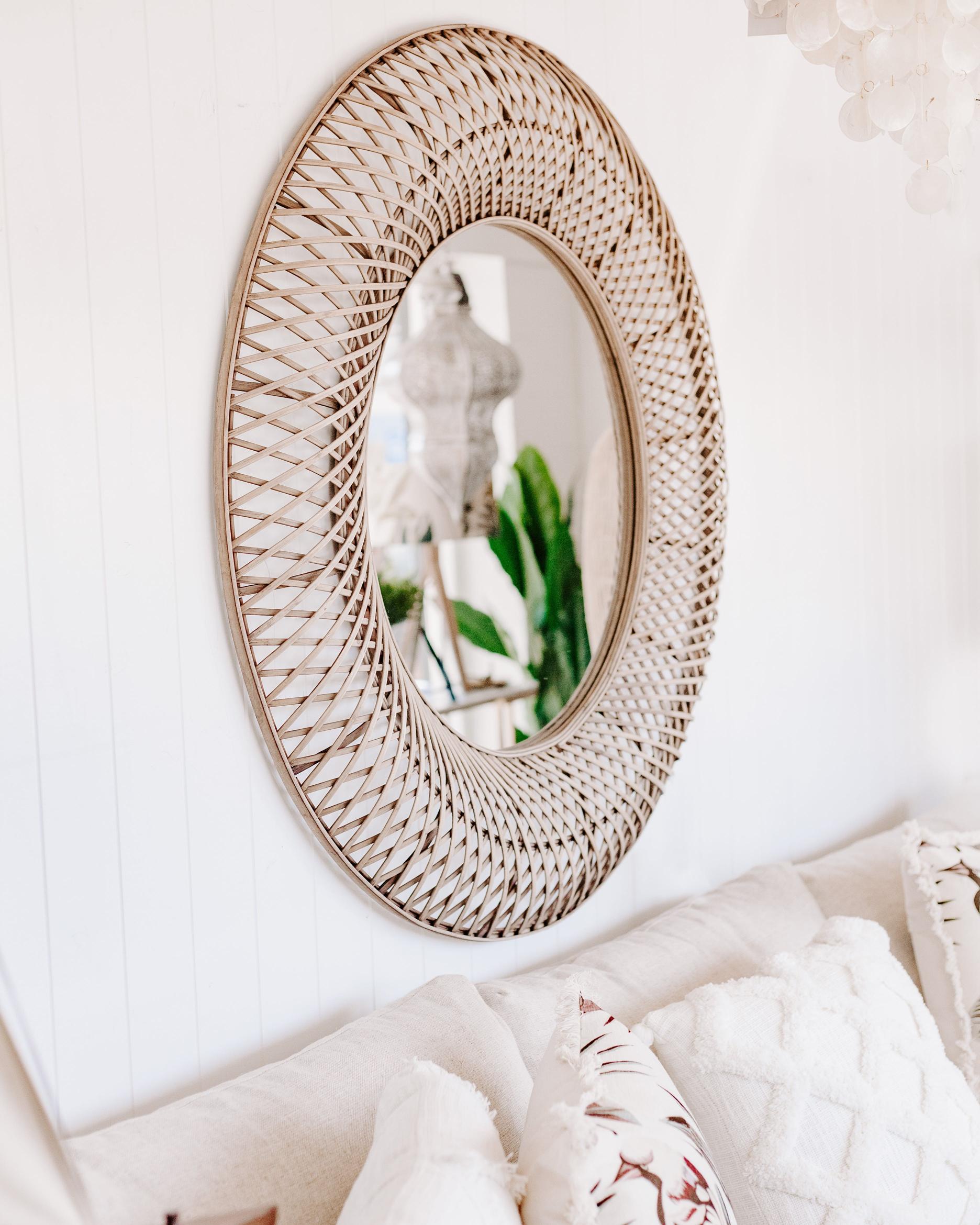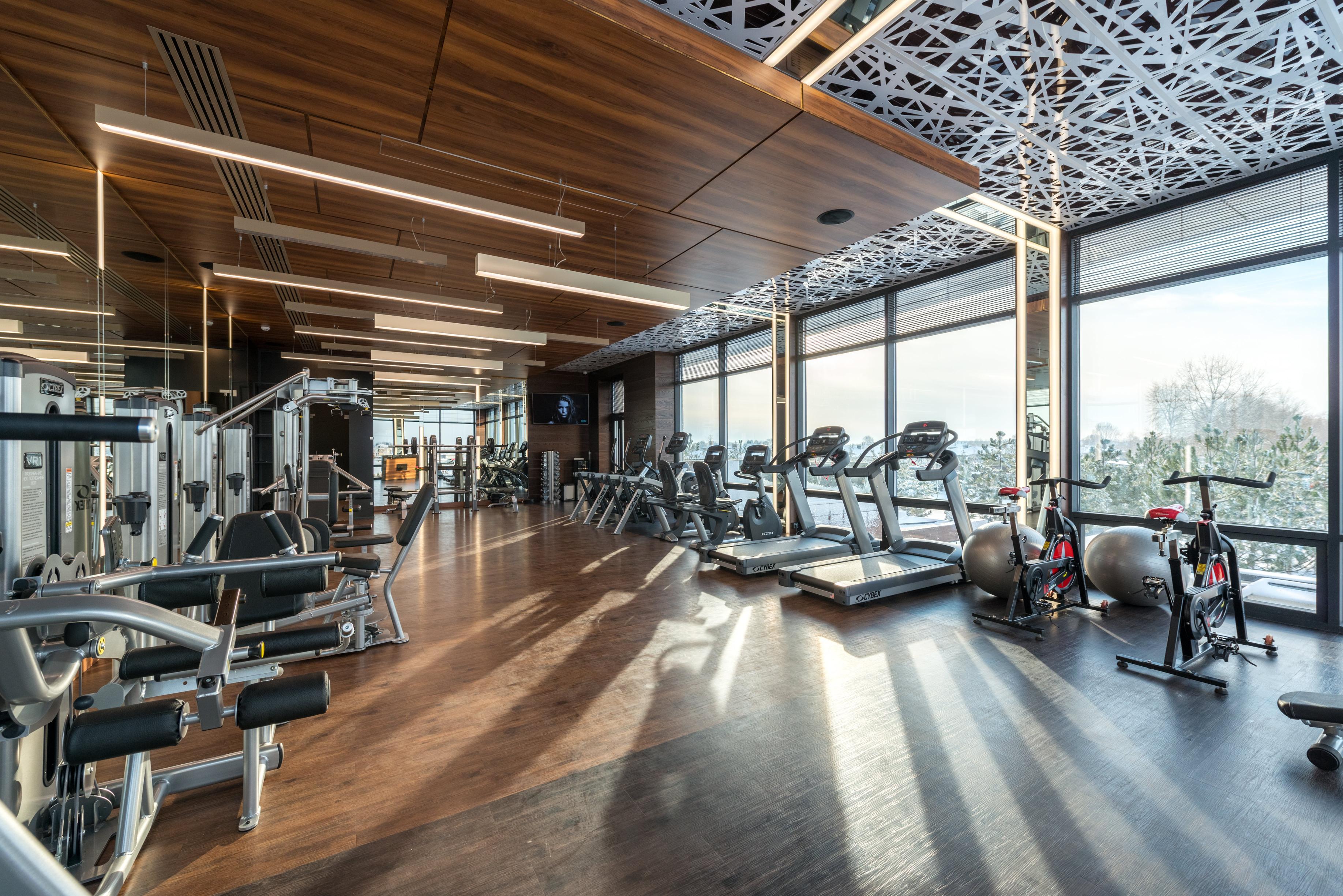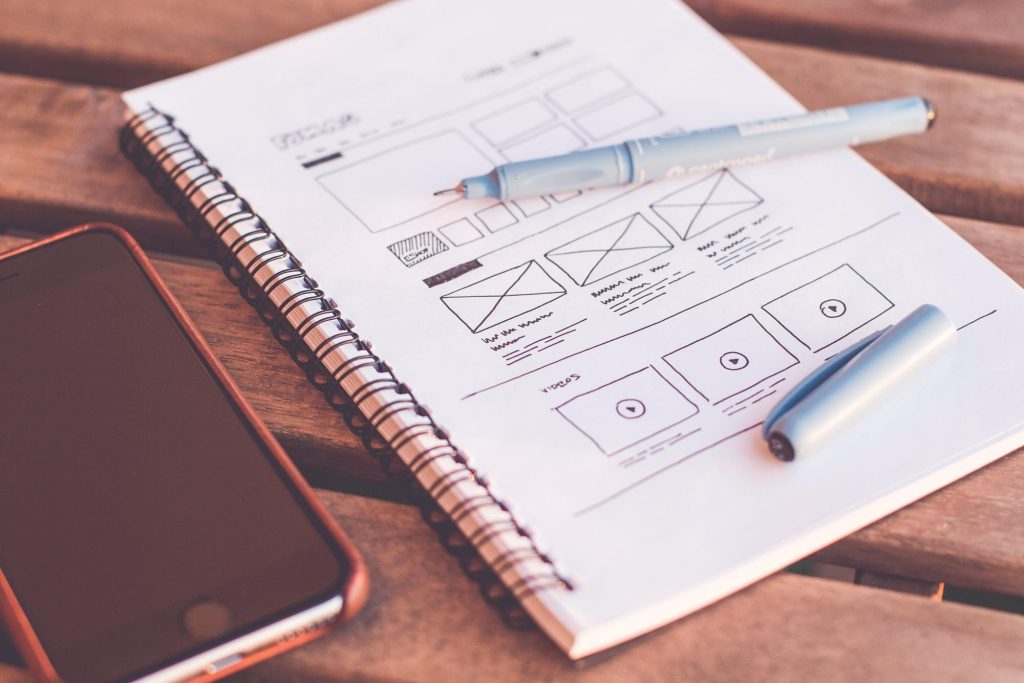Welcome to the forefront of creativity and innovation in the digital realm! As we delve into the world of aesthetics and functionality, it’s essential to stay abreast of the latest UI design trends that are shaping the user experience across platforms and devices.
With the ever-evolving landscape of technology, designers are continually pushing the boundaries to create interfaces that are not only visually appealing but also intuitive and user-friendly. In this blog post, we’ll explore the cutting-edge trends that are defining the future of user interface design. Get ready to be inspired and discover how these trends can revolutionize the way we interact with our digital environment.
Embracing dark mode: the rise of low-light user interfaces

### Embracing Dark Mode: The Rise of Low-Light User InterfacesAs the digital world evolves, so do our visual preferences and needs. In recent years, one of the most striking shifts has been the widespread embrace of dark mode—a design trend that offers an alternative to the bright, white backgrounds that have dominated the user interface (UI) landscape for so long. This nocturnal flip serves not just to give our screens a sleek, modern appearance, but it also addresses several practical issues that concern the contemporary user.
In the latest UI design trends, dark mode shows up as a pragmatic response to a multitude of concerns. For starters, it significantly reduces the glare that plagues many users, tending to eye health by minimizing the strain associated with long hours of screen time.
From the dusky shades of social media platforms to the moonlit interfaces of software applications, these lower-light designs are catching users’ eyes. They have also been correlated with reduced blue light exposure, which is known to interfere with sleep patterns, thereby nudifying them as not just aesthetically pleasing, but also beneficial for our circadian rhythms.
But it’s not all about comfort. Dark mode can be a powerful ally for battery conservation, particularly on devices with OLED or AMOLED screens, where pure black pixels are essentially turned off. This little dance of the pixels can extend the life between charges—a handy advantage as we find ourselves ever tethered to our mobile gadgets.
Designers are also leveraging the intensity of dark backgrounds to make colors pop and typography snap, thus guiding user focus with more precision. Streaming services, gaming interfaces, and creative apps often use dark themes to enhance the experiential quality of their visual content, making imagery rich and vivid against the velvety backdrop of a UI’s night-mode. In essence, the latest UI design trends, with dark mode at the helm, signify a thoughtful revolution in the realm of visual ergonomics and aesthetics.
By prioritizing user comfort, health, and battery efficiency, while also crafting more dramatically engaging interfaces, designers are truly turning to the dark side—and in this case, it’s a bright idea indeed.
Neumorphism: the new frontier in ui design aesthetics

Neumorphism: The New Frontier in UI Design AestheticsBy blending the familiar with the novel, neumorphism has emerged as a distinct trend that is redefining the aesthetics of user interface (UI) design. Rooted in the word „neumorphic,” a portmanteau of „new” and „skeuomorphism,” this trend walks the tightrope between minimalism and realism, lending depth and subtlety to flat designs with its signature style: soft, extruded shapes, subtle shadows, and light highlights that mimic physicality within a digital space. Unlike the flat design that has dominated screens for years with its clean, two-dimensional appearance, neumorphism brings a sense of tangibility to digital interfaces.
Imagine pressing a button on a screen and seeing it depress with a finely-tuned shadow that closely imitates a tactile experience. That’s neumorphism in action.
Designers adopting this trend often employ a restricted color palette, focusing instead on meticulous shadow play to achieve the illusion of three-dimensionality. The result is an interface that feels almost touchable, with UI elements such as buttons and sliders appearing as if they’re gently carved into your screen.
However, it’s not just about the aesthetics; neumorphism has practical applications in improving user experience (UX). With its focus on realism and tactility, this UI design approach can enhance usability by intuitively guiding users through a visual and almost haptic feedback system. For instance, the use of subtle gradients can signify active or inactive states of buttons, and the nuanced use of shadows can direct users’ attention to interactive elements on a page.
Take, for example, a musical app that uses neumorphic design to mimic the look and feel of actual knobs and sliders, encouraging users to engage with controls more naturally, as they would with physical hardware. Despite its growing popularity, neumorphism is not without its challenges.
Accessibility concerns arise with the subtle use of colors and shadows, potentially causing difficulty for users with visual impairments. Thus, designers venturing into this new frontier must tread carefully, ensuring that aesthetic innovation does not come at the cost of inclusivity. When implemented with consideration and finesse, neumorphism can stand as a testament to how UI design continues to evolve, marrying the tactile past with the digital future in a harmonious visual experience that delights and engages users in equal measure.
The evolution of voice-activated interfaces in modern design

### The Evolution of Voice-Activated Interfaces in Modern DesignVoice-activated interfaces have inscribed themselves into the very fabric of modern design, morphing from a facet of science fiction fantasy into a tangible and transformative reality. The infiltration of voice technology into user interface (UI) design is a testament to the human penchant for seeking seamless interaction with our devices—a journey from the clunky keyboard strokes to the fluidity of spoken commands.
The latest UI design trends spotlight the incredible ways designers are incorporating voice as a central pillar in creating intuitive user experiences. One cannot help but marvel at the swift sophistication of voice-activated interfaces, each iteration more empathetic to our needs than the last. Smart speakers, such as Amazon’s Echo, Google Home, and Apple’s HomePod, have transcended being mere novelties, to become integral components of our daily lives.
These devices are the vanguard of voice UI design, offering users the ability to perform an array of tasks—from controlling smart home gadgets to fetching news updates—all without lifting a finger. Their increasing prevalence in homes is a clear indicator of the trend’s upward trajectory, with designers continually refining their algorithms to understand context, accents, and even the emotional tone of the user.
The fervor for voice interaction is further evident in mobile app design and in-cabin car systems. Both spheres are witnessing an uptick in voice integration, with apps now boasting voice search and control features as standard, while modern vehicles come equipped with voice-activated assistance that understand and execute complex commands for navigation, entertainment, and vehicle settings. The UI in these instances has evolved from button-centric to voice-first design, providing a more accessible and, often, safer user experience.
Designers are meticulously crafting these voice interfaces to furnish cohesive experiences that account for varying degrees of user familiarity and comfort with the technology. The future trajectory of voice-activated interfaces is as audacious as it is inevitable; they stand poised to redefine human-computer interaction.
As the latest UI design trends skew towards hyper-personalization and anticipatory design, voice technology is set on a course to become the most natural and ubiquitous form of interaction. As we speak to our devices, they learn to not just listen, but understand and predict our needs, paving the way for a harmonious symphony of user intent and technological response. This evolution is not merely reshaping our physical designs, but also reforming our very expectations of what it means to communicate with the digital world.
Microinteractions: enhancing user engagement through detail
Microinteractions: Enhancing User Engagement Through DetailIn the ever-evolving landscape of UI design, microinteractions have emerged as key players, taking center stage as one of the latest trends that deftly marry form and function to enhance user engagement. These small, almost invisible actions that occur within a digital product or website—think the satisfying click of a button, the playful bounce of a notification icon, or the seamless transition of a loading animation—are more than just decorative frills.
They are meticulously designed moments that, when executed well, can significantly improve the user experience by making digital interfaces feel more human and intuitive. Microinteractions manage to hold a magnifying glass to the minutiae of user engagement, revealing the power inherent in attention to detail. Consider the „like” feature on social media platforms: a double-tap on a photo not only registers a user’s appreciation but does so with a delightful little animation of a growing heart, accompanied by a tactile haptic response in many cases.
This tactile-visual combo offers immediate gratification and a sense of interactivity that transforms a mundane task into an engaging moment. Other examples include the dynamic feedback from a password field that visualizes password strength or the clever pull-to-refresh animation that has become a habitual gesture for mobile users.
However, while microinteractions can be delightful, they must also serve a purpose. Designing with intent is crucial; the best microinteractions come from understanding the user’s journey and identifying where a small intervention can reduce friction or bring joy. The aim is not to overwhelm with unnecessary embellishments but to simplify and enrich the user’s interaction with technology.
Whether it’s through a progress bar that illustrates upload status with a dash of whimsy or a set of toggle switches that click into place with satisfying precision, these small moments contribute to a sense of mastery and control that can turn a good user interface into a great one. In the realm of UI design, it’s often the smallest strokes that paint the biggest picture.
The impact of augmented reality on future ui design trends
The Impact of Augmented Reality on Future UI Design TrendsAs we sail through the digital cosmos, our expectation for dynamic interactions and immersive experiences is perpetually skyrocketing, and Augmented Reality (AR) is the wind in the sails of the latest UI design trends. AR doesn’t just layer digital elements over our reality; it seamlessly weaves them into the very fabric of our daily experiences, promising a revolution in how we perceive and interact with the digital world. Future UI designs will be expected to adapt to this transformative technology, ensuring they remain not only functional but also intuitive and exhilarating for the end-user.
For the user interface da Vinci’s of today, AR represents a canvas of infinite possibilities. Imagine UI elements that break free from the confines of screens, with buttons and sliders interacting with the user’s environment – picture adjusting your home thermostat by interacting with a virtual dial on your actual wall.
Or consider shopping apps that allow you to try on clothes virtually, with the user interface adjusting to shadows and lighting in real time to provide an exceptionally realistic experience. Such escapades in design are not just flights of fancy but are rapidly becoming expectations as brands strive to create more engaging and personalized user experiences.
Embracing AR technology within UI design requires an acute understanding of both the user’s physical space and their manner of interacting with it. Traditional flat designs are giving way to three-dimensional elements that respond to user gestures and movements, transcending the traditional point-and-click paradigm. This new epoch of design prioritizes spatial design principles, goverened by the real-world physics and context in which AR experiences are grounded.
Designers must therefore strike a delicate balance between novelty and usability, ensuring that while their designs are aesthetically captivating, they remain approachable and functional. As AR continues to mature, the future promises an array of UI designs that are not just touched but felt, not only seen but lived – revolutionizing our digital interactions one virtual layer at a time.
Nasza rekomendacja video
Summary
In conclusion, the latest UI design trends are characterized by minimalism, bold typography, dark mode, advanced micro-interactions, and a focus on accessibility. Designers are leveraging these trends to create seamless, user-friendly experiences that not only look aesthetically pleasing but also cater to the diverse needs of all users, ensuring that interfaces are inclusive and engaging in 202
FAQ
What are the top UI design trends shaping the digital landscape in 2023?
In 2023, the top UI design trends include the adoption of neomorphism, which blends flat design and skeuomorphism to create soft, extruded visuals. Dark mode continues to be popular, offering users a stylish, eye-friendly alternative to bright, light interfaces. Additionally, advanced micro-interactions are becoming more prevalent, providing users with engaging and intuitive feedback for their actions within digital environments. These trends reflect a broader movement towards personalized, accessible, and aesthetically pleasing digital experiences.
How is the rise of virtual and augmented reality influencing UI design trends?
The rise of virtual and augmented reality (VR/AR) is significantly influencing UI design trends by pushing the boundaries of traditional 2D interfaces towards more immersive, 3D experiences. Designers are now creating interfaces that are more spatial, interactive, and context-aware, focusing on natural user interactions through gestures and voice commands. This shift is leading to the exploration of new design principles and the development of UI elements that are adaptable to a user’s environment and enhance the sense of presence within a virtual space.
In what ways are the latest UI design trends catering to improved user accessibility and inclusivity?
The latest UI design trends are emphasizing improved user accessibility and inclusivity by incorporating features such as larger touch targets, high-contrast color schemes, and scalable text options to accommodate users with visual impairments. Designers are also increasingly adopting the principles of universal design, ensuring that interfaces work for people of all abilities and including assistive technologies like screen readers. Additionally, there is a growing focus on creating user experiences that are cognizant of neurodiversity and various learning styles, with clear navigation and intuitive layouts that help all users interact with technology more effectively.
What role is artificial intelligence playing in the evolution of UI design?
Artificial intelligence (AI) is revolutionizing UI design by enabling more personalized and adaptive interfaces, automating design processes, and facilitating real-time user feedback analysis. AI-driven tools can generate design elements based on user behavior, making interfaces more intuitive and efficient. Additionally, AI can help identify design flaws and suggest improvements, streamlining the design process and enhancing the overall user experience.
How are mobile-first and responsive design trends evolving in the current UI design landscape?
Mobile-first design is increasingly merging with responsive design as the standard approach for creating seamless user experiences across devices. Designers are focusing on minimalistic interfaces with an emphasis on performance and accessibility, while also integrating advanced technologies like AI and voice recognition to enhance usability. As screen sizes become more diverse, responsive design is evolving to cover a wider range of devices, from smartwatches to desktops, ensuring a consistent experience by using flexible grids, images, and an intelligent use of CSS media queries.
What impact are the latest UI design trends having on brand identity and user engagement?
The latest UI design trends are greatly influencing brand identity by promoting a more cohesive and modern aesthetic that aligns with current user expectations. Minimalism, bold typography, and immersive full-screen experiences are among the trends that help brands stand out and create memorable impressions. In terms of user engagement, these trends contribute to more intuitive and enjoyable user experiences, which can lead to increased user retention and interaction as users find the interfaces more accessible and appealing.

